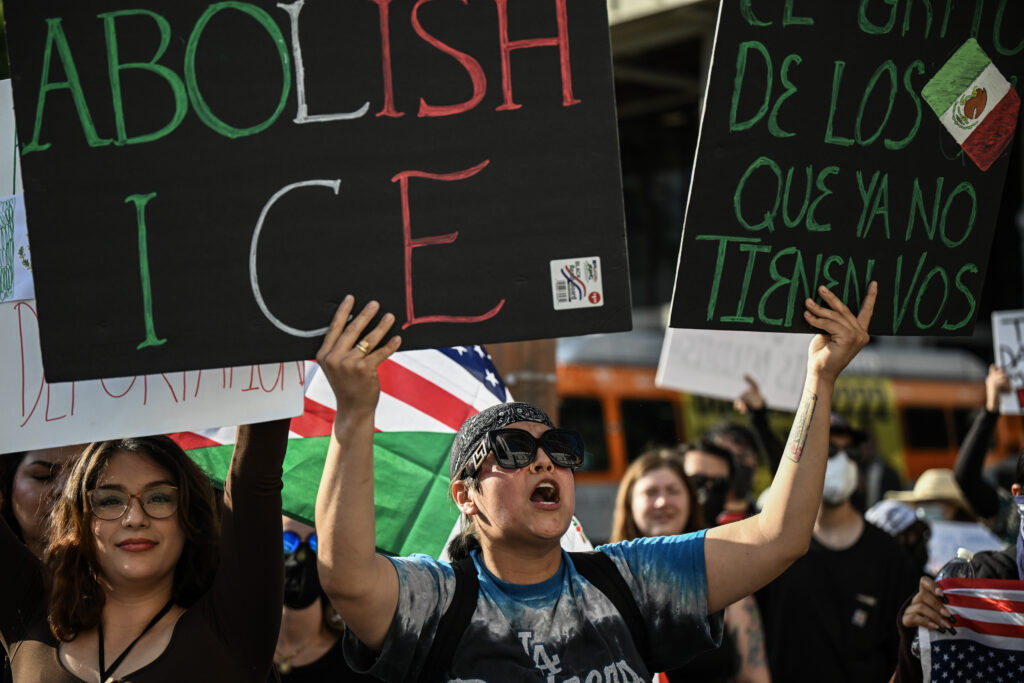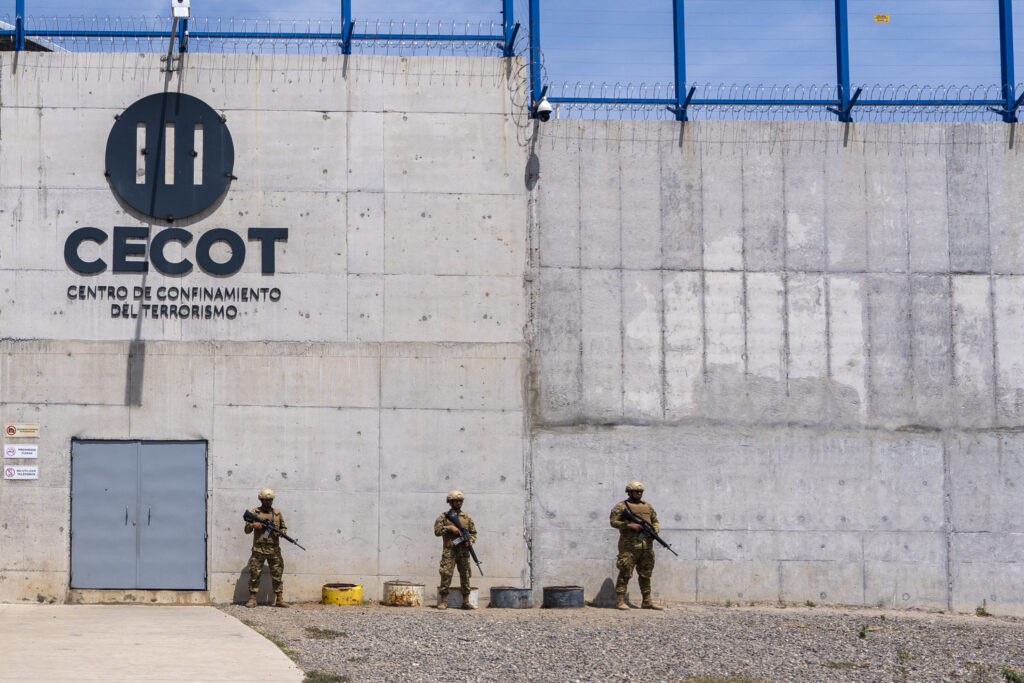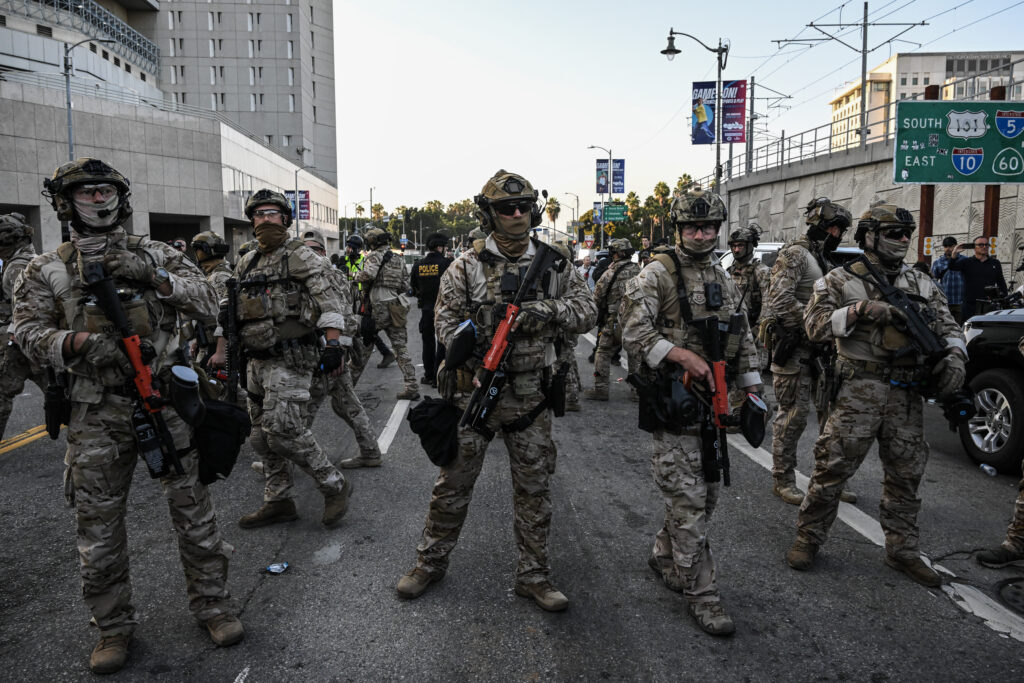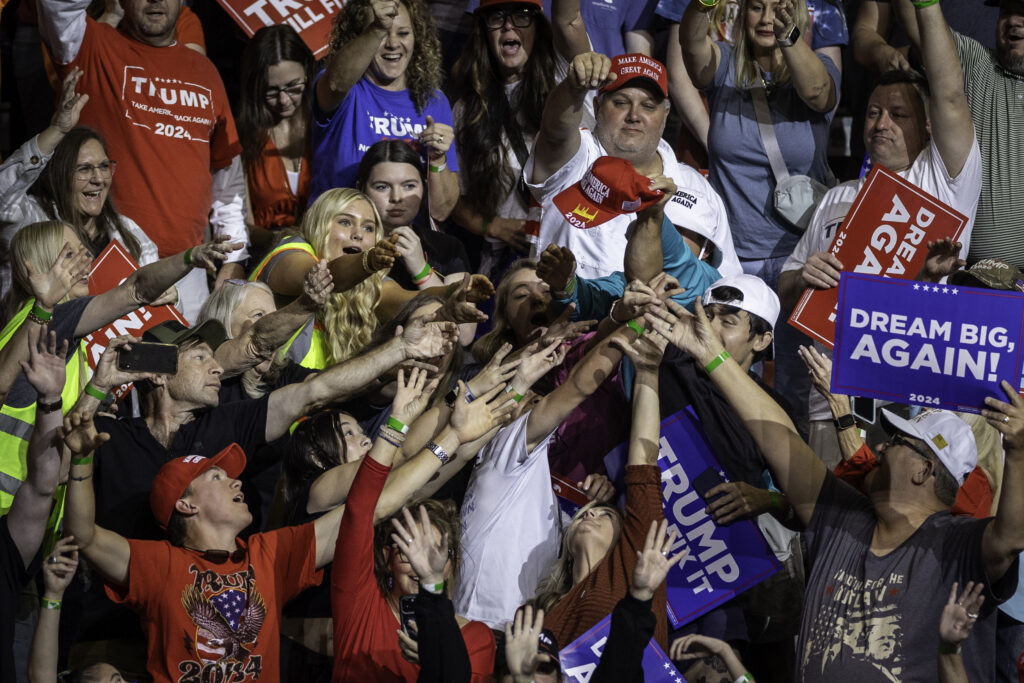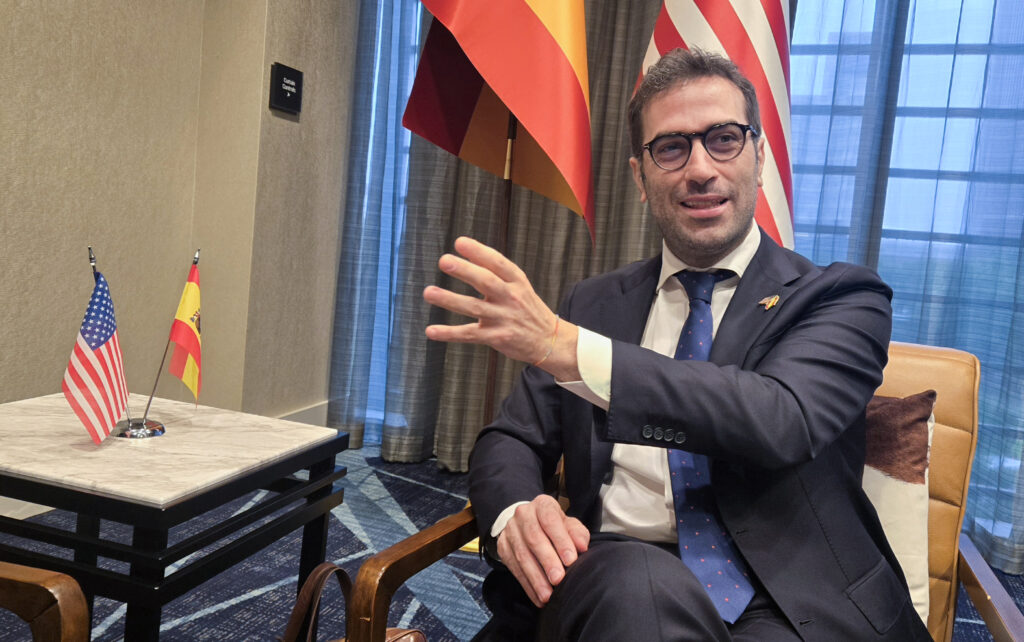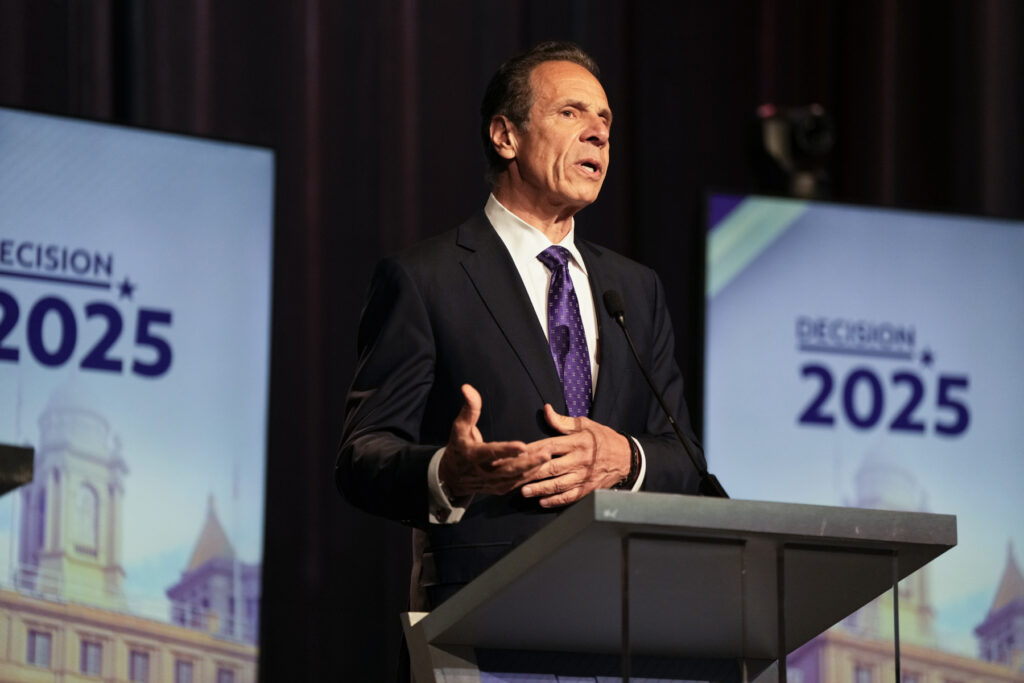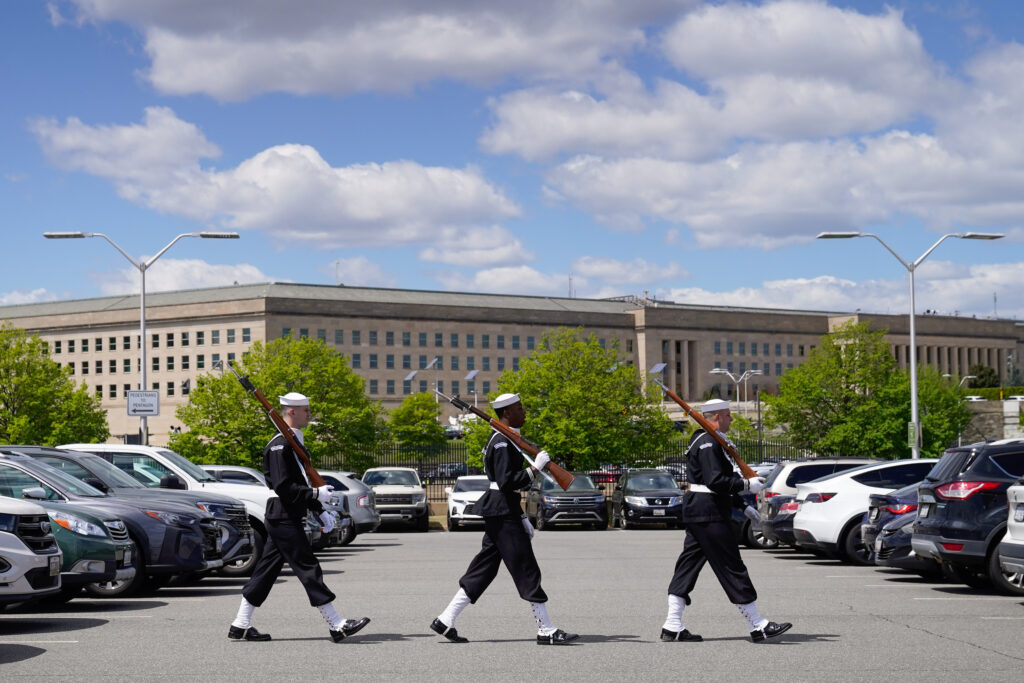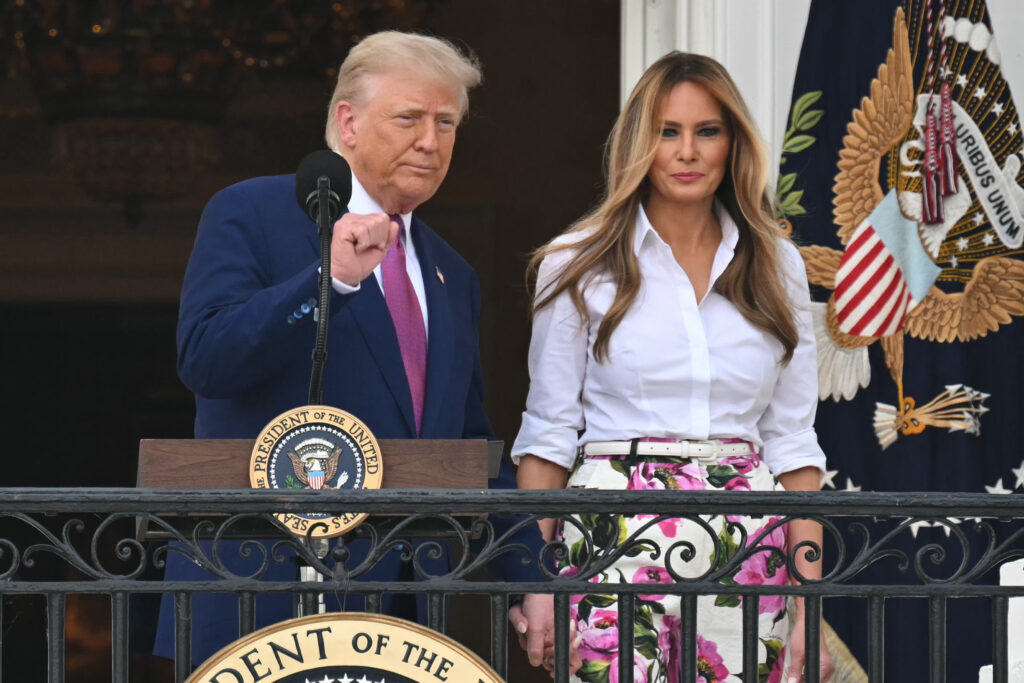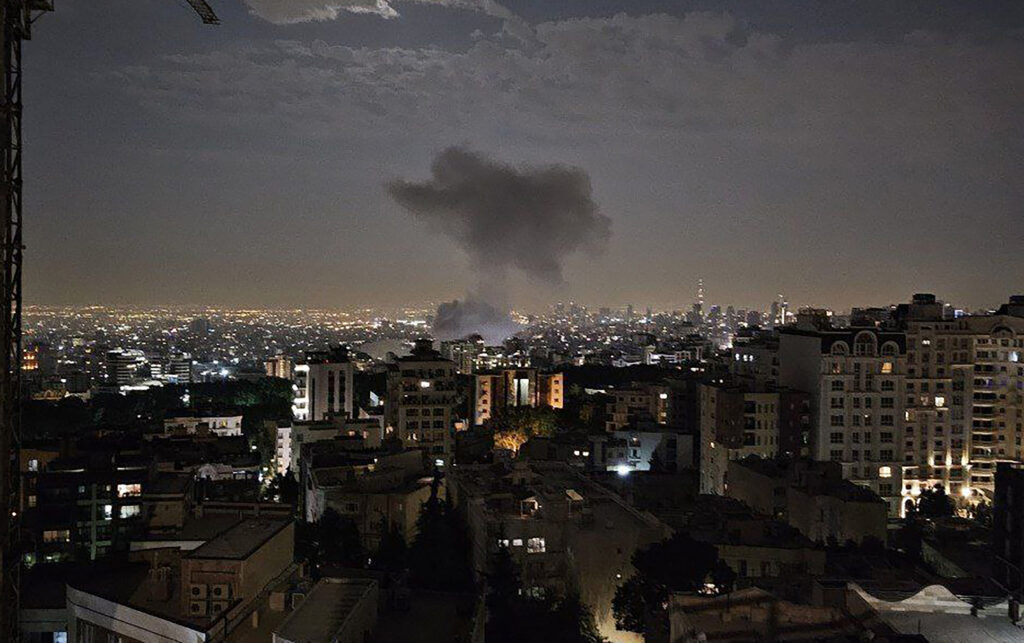US adversaries fuel disinformation about LA protests
Russia, China and Iran are amplifying disinformation about protests over immigration raids in Los Angeles, researchers said Friday, adding to a surge of domestically generated falsehoods and conspiracy theories.The findings from researchers at the disinformation watchdog NewsGuard illustrate how foreign adversaries of the United States are exploiting deep divisions in American society as a tactic of information warfare.NewsGuard said Russian, Chinese, and Iranian state-affiliated sources have published around 10,000 posts and articles about the demonstrations that recently erupted in Los Angeles, advancing false claims framing the city as “ground zero in an American apocalypse.”Seizing on the political rift between President Donald Trump and Governor Gavin Newsom, pro-China accounts on X and Chinese platforms such as Douyin and Weibo have peddled unfounded claims that California was ready to secede from the United States and declare independence.Meanwhile, Tehran-based newspapers have peddled the false claim that popular Iranian singer-songwriter Andranik Madadian had been detained by the National Guard in Los Angeles, in an apparent effort to portray the United States as an authoritarian state.NewsGuard quoted Madadian, better known by his stage name Andy, as denying the claim, stating: “I am fine. Please don’t believe these rumors.” Russian media and pro-Russian influencers, meanwhile, has embraced right-wing conspiracy theories, including the unfounded claim that the Mexican government was stoking the demonstrations against Trump’s immigration policies.”The demonstrations are unfolding at the intersection of multiple vulnerabilities such as eroded trust in institutions, AI chatbots amplifying false claims about the unrest, political polarization, and a rollback of safety and moderation efforts by major platforms,” McKenzie Sadeghi, a researcher with NewsGuard, told AFP.”As a result, foreign actors have a wide-open playing field to flood the zone with falsehoods at a faster rate and fewer barriers compared to previous moments of unrest,” she added.The apparent alignment across the three countries was noteworthy, Sadeghi said.”While Russia, China, and Iran regularly push their own unique forms of disinformation, it’s less common to see them move in such a coordinated fashion like this,” she said.”This time, state media outlets have escalated their messaging to advance their geopolitical interests and deflect attention from their own domestic crises.” The disinformation comes on top of false narratives promoted by US-based influencers.In recent days, conservative social media users have circulated two photographs of brick piles they claimed were strategically placed for the California protesters to hurl at police and inflame violence.The photos were cited as proof that the protests were fueled by nonprofit organizations supported by George Soros, the billionaire philanthropist who has long been a bogeyman for the far right.But AFP’s fact-checkers found that one photo was lifted from an online marketplace, where a Malaysian hardware dealer uploaded it years ago, while the other was snapped near a construction site in New Jersey.”Every time there’s a popular protest, the old clickbaity ‘pallets of bricks’ hoax shows up right on cue,” the Social Media Lab, a research center at the Toronto Metropolitan University, wrote on the platform Bluesky.”The fact that these types of fake images are used isn’t a coincidence. It’s part of a pernicious (and) persistent narrative that protests against government policies are somehow inauthentic.”
